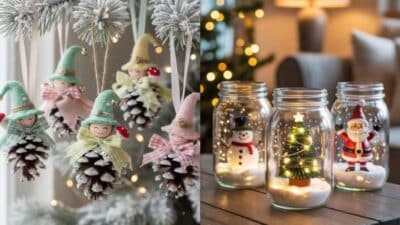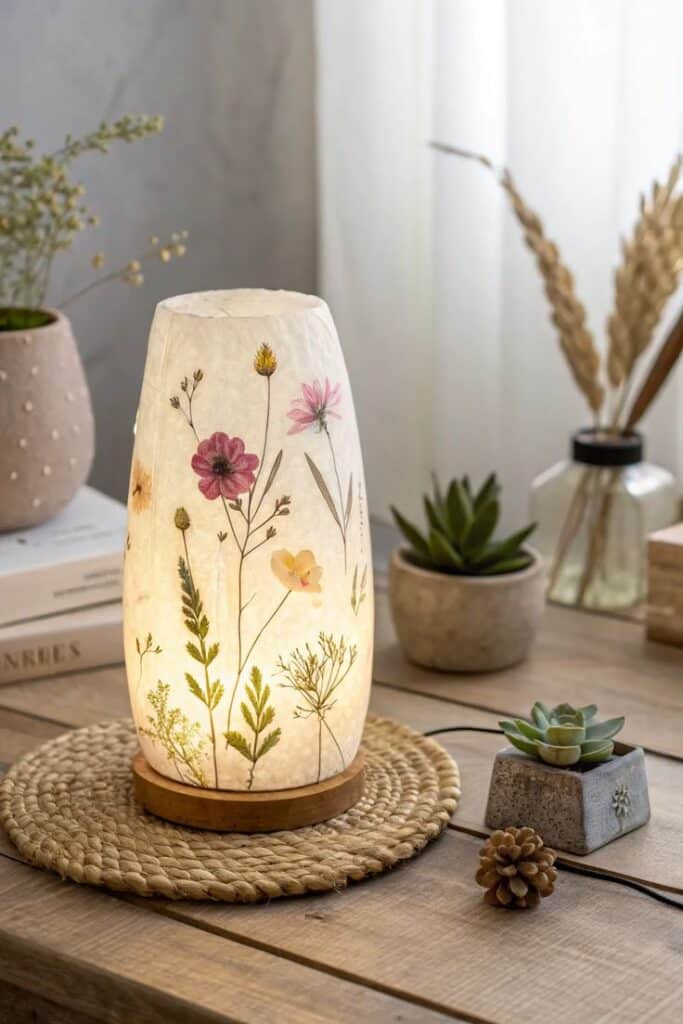
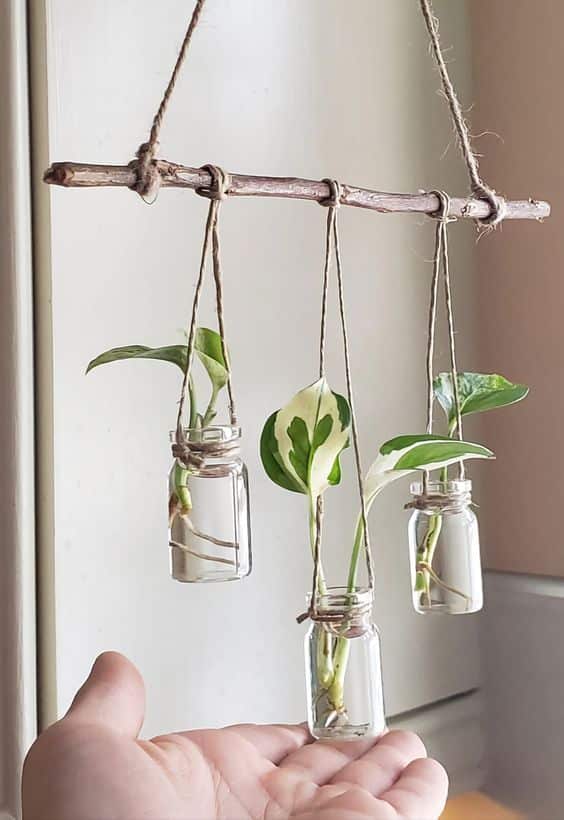
Transforming a living space into a reflection of personal style and comfort is a universal desire. While commercial interior design offers myriad options, there’s an undeniable charm and satisfaction in infusing your home with pieces crafted by your own hands. The journey of discovering how to make homemade decoration ideas isn’t merely about saving money; it’s a profound exploration of creativity, individuality, and sustainability. This professional guide aims to unlock your potential, providing a comprehensive roadmap for creating unique, impactful decorations that resonate with your aesthetic vision and personal story. We will delve into foundational principles, practical techniques, and inspirational concepts, empowering you to curate a home that is truly, beautifully yours.
The Undeniable Appeal of Homemade Decorations
The allure of homemade decorations extends far beyond mere aesthetics. In an era dominated by mass-produced goods, bespoke pieces offer a distinct sense of authenticity and character. Each item carries a story – the hours spent, the materials chosen, the inspiration behind its creation. This narrative quality imbues your home with warmth and personality that factory-made items often lack. Furthermore, the act of creation itself provides numerous psychological benefits, from stress reduction to a profound sense of accomplishment.
Personalization and Uniqueness
One of the primary advantages of homemade decor is the unparalleled opportunity for personalization. Your home becomes a canvas for your unique taste, hobbies, and memories. You’re not limited by store inventory or current trends; instead, you become the trendsetter for your own space. Whether it’s a mosaic mirror reflecting your favorite colors or a hand-painted wall mural depicting a cherished memory, these pieces are intrinsically tied to your identity. This level of customization ensures that your home stands out, radiating an individuality that is truly captivating.
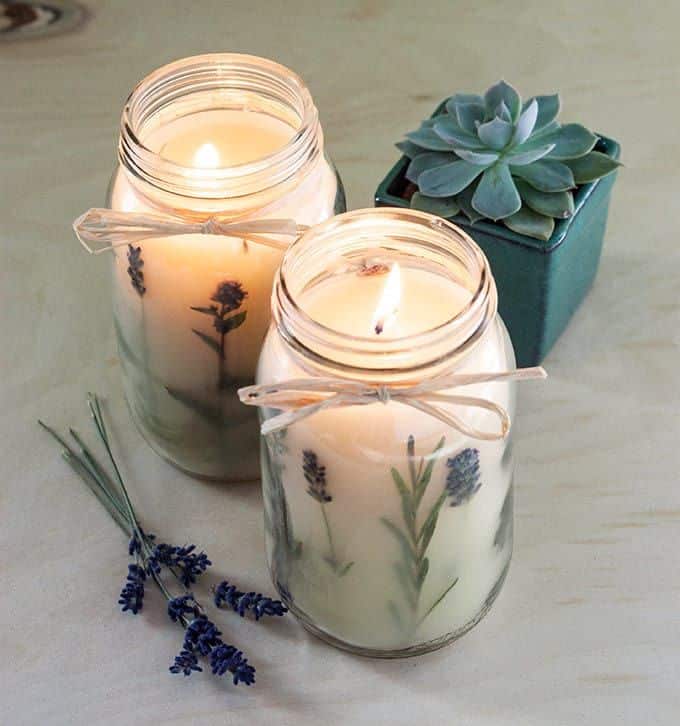
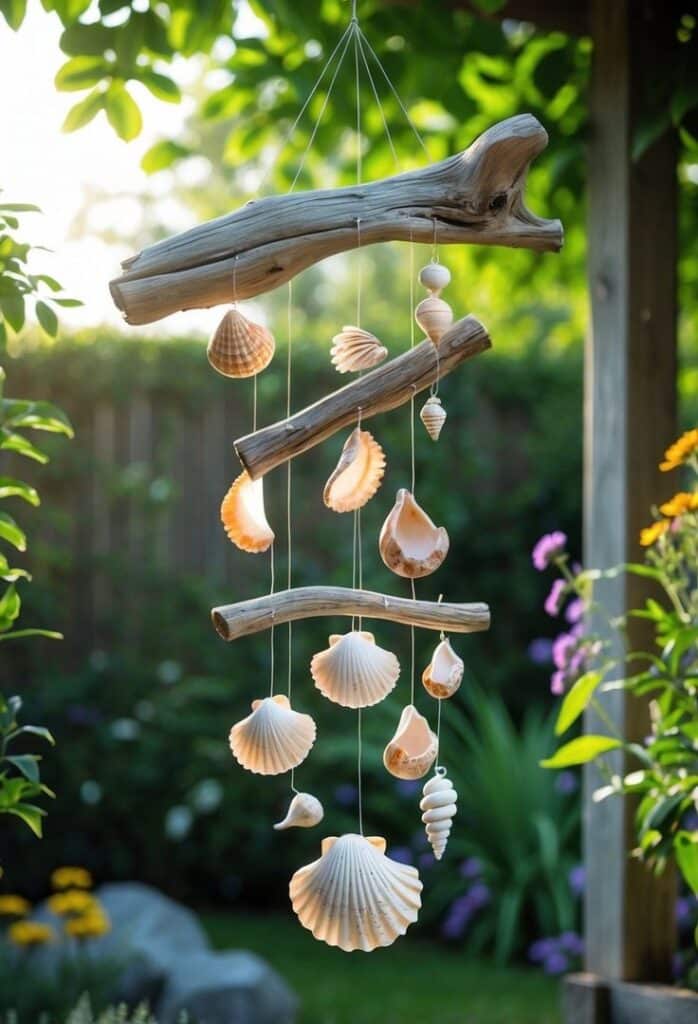
Sustainability and Resourcefulness
Homemade decorations often champion sustainability. By repurposing existing items, upcycling materials, or utilizing natural elements, you contribute to a more eco-conscious lifestyle. This approach minimizes waste, reduces demand for new resources, and encourages a mindset of resourcefulness. From transforming old jars into elegant vases to weaving discarded textiles into new wall hangings, the potential for sustainable decor is vast and inspiring. It’s about seeing potential where others see discard, turning trash into treasure.
Cost-Effectiveness
While the primary motivation may not always be financial, the cost-effectiveness of homemade decorations is a significant benefit. Many stunning decor pieces can be created using inexpensive materials, often items you already have around the house or can source cheaply. This allows for more frequent refreshes of your decor without a substantial financial outlay, making budget-friendly home makeovers a tangible reality. The satisfaction derived from creating something beautiful on a shoestring budget is a reward in itself.
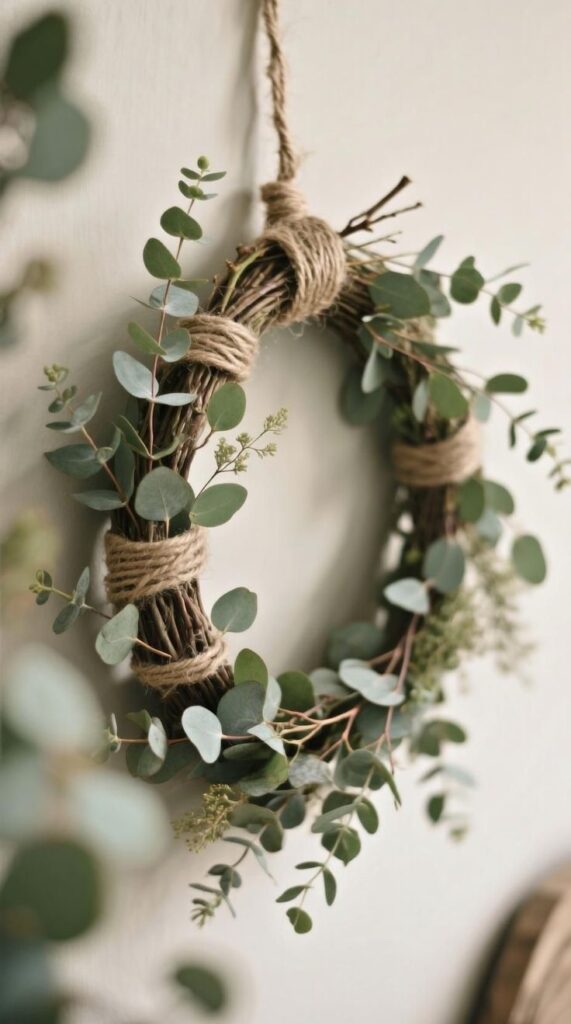
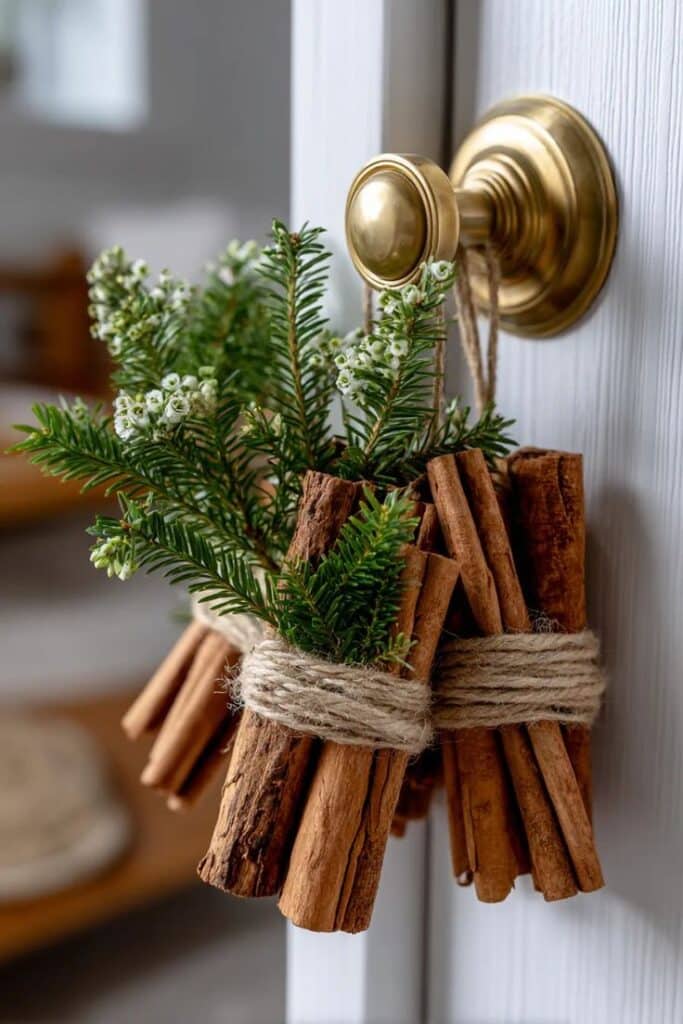
Pros and Cons
| Pros | Cons |
|---|---|
| – Unmatched personalization and unique aesthetic. | – Time-consuming; requires significant effort. |
| – Often more sustainable and eco-friendly. | – May require acquiring new skills or tools. |
| – Significant cost savings on decor items. | – Quality can vary, especially for beginners. |
| – Fosters creativity and a sense of accomplishment. | – Potential for inconsistent results. |
| – Allows for adaptive design and evolving tastes. | – Can accumulate unused materials if not planned well. |
Laying the Foundation: Planning Your Decor Project
Before diving into a flurry of crafting, a strategic approach is paramount. Effective planning ensures coherence, maximizes efficiency, and ultimately leads to more satisfying results. Consider your existing space, desired aesthetic, and practical constraints.
Defining Your Style and Theme

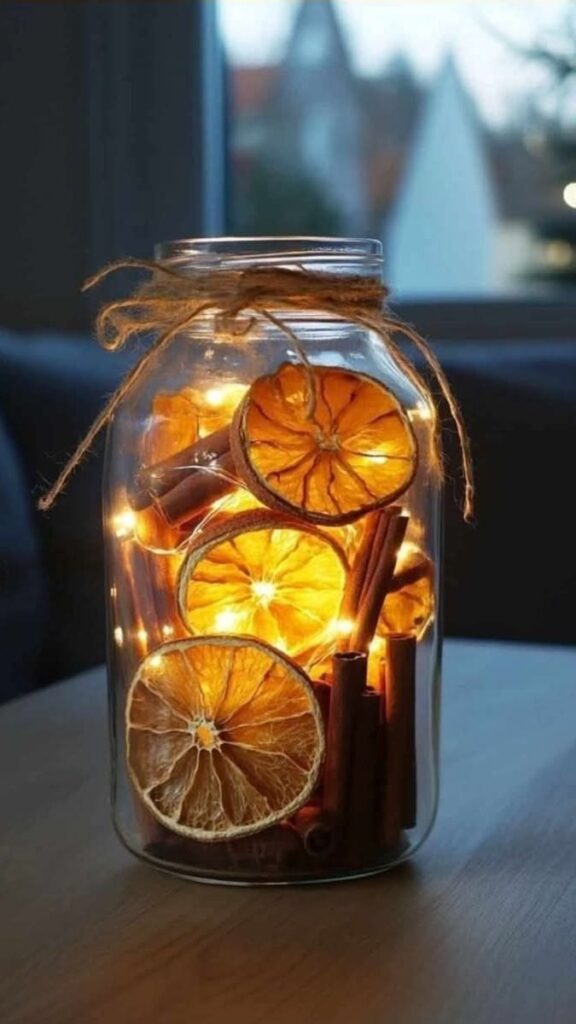
Every successful design project begins with a clear vision. What aesthetic speaks to you? Are you drawn to the rustic charm of farmhouse decor, the sleek lines of minimalism, the vibrant energy of bohemian style, or a blend of several influences? Understanding your preferred aesthetic will guide your material choices, color palettes, and overall design direction. For inspiration, explore various interior design styles to find what resonates most deeply. Don’t be afraid to mix design styles in your home if done thoughtfully, as this can create a truly distinctive look.
- Mood Boards: Create digital or physical mood boards using images, fabric swatches, color chips, and textures that embody your desired look. This visual tool helps consolidate ideas and ensures a cohesive theme.
- Color Palettes: Select a dominant color palette. Consider how different hues evoke emotion and how they will interact with your existing furnishings. Neutral bases with pops of accent colors often work well for DIY projects.
- Functionality: Beyond aesthetics, consider the function of the space and the decor within it. A decoration should ideally complement the room’s purpose, not hinder it.
Budgeting and Material Sourcing
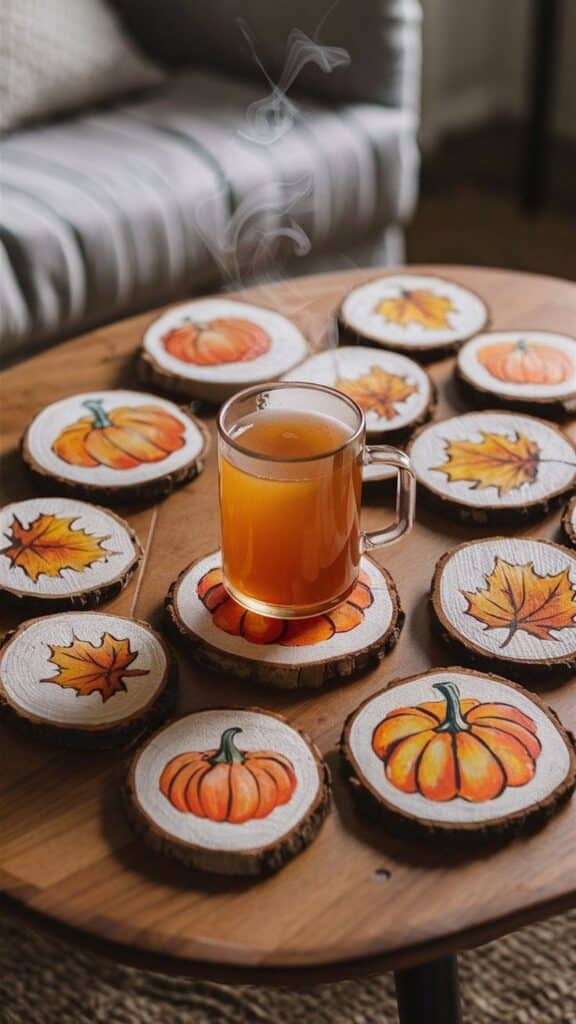
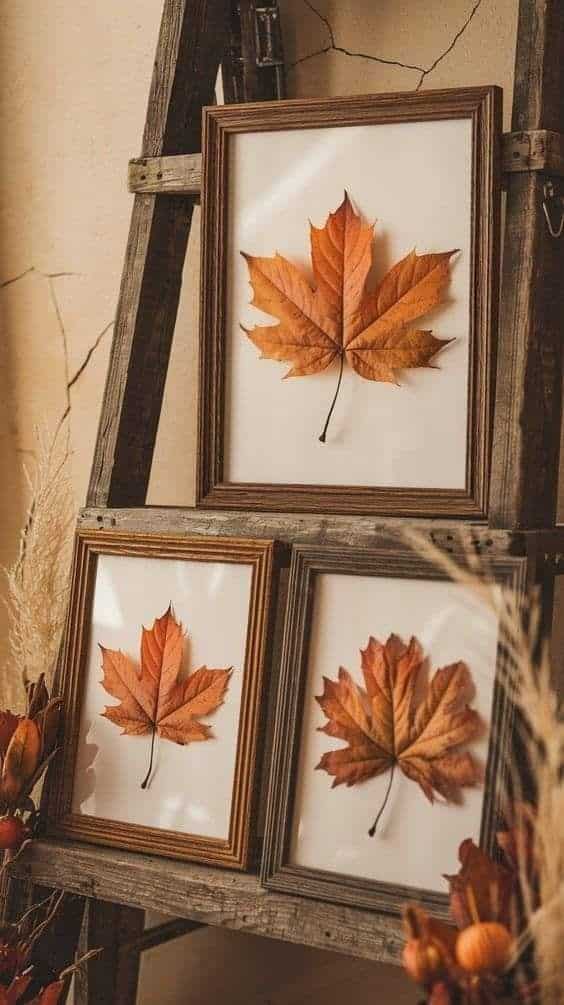
Homemade doesn’t necessarily mean free, but it certainly implies cost-consciousness. Establish a realistic budget for each project. This will influence your material choices and the scale of your undertakings.
- Inventory Your Home: Before buying anything, look around your home. What can be repurposed? Old textiles, forgotten trinkets, empty bottles, or even natural elements from your garden can be given a new life.
- Thrift Stores and Flea Markets: These are treasure troves for unique base items to upcycle. Think old frames, vases, furniture pieces, or interesting containers that can be transformed with paint, fabric, or new embellishments.
- Craft Stores and Hardware Stores: For raw materials like paint, glue, yarn, wood, or specific tools, comparison shopping is key. Look for sales and use coupons. Buying in bulk for common supplies can also be economical.
- Natural Elements: Stones, branches, dried flowers, and leaves offer free, beautiful, and sustainable decor options. Ensure ethical sourcing and proper cleaning.
Mastering Material Selection: From Repurpose to Raw
The choice of materials is central to any homemade decoration project. It dictates the texture, durability, and overall aesthetic of your finished piece. Embracing a diverse range of materials opens up a world of creative possibilities.
Upcycling and Repurposing Existing Items
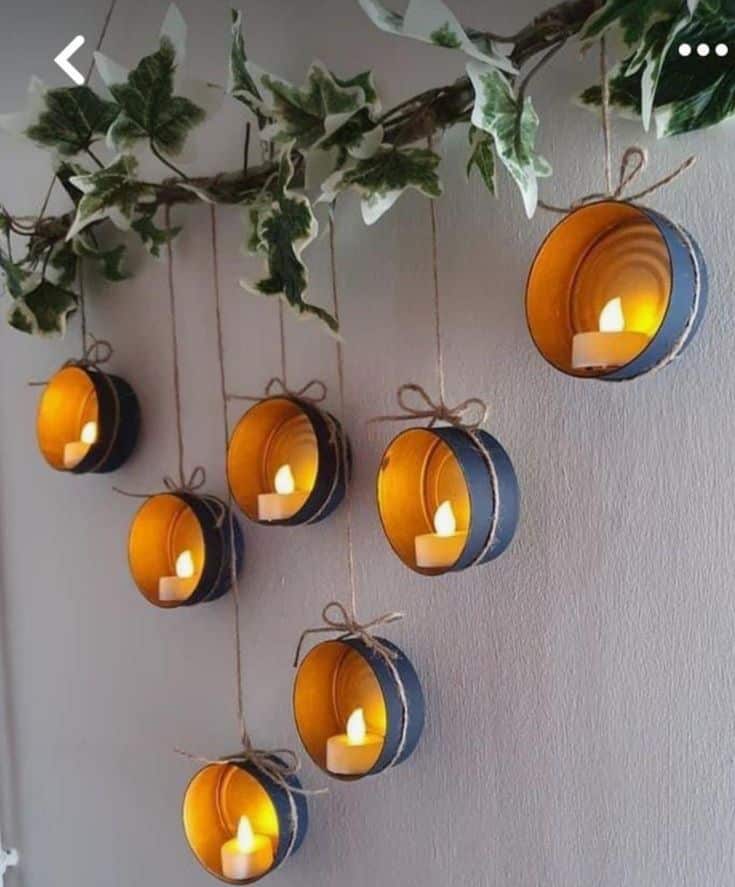
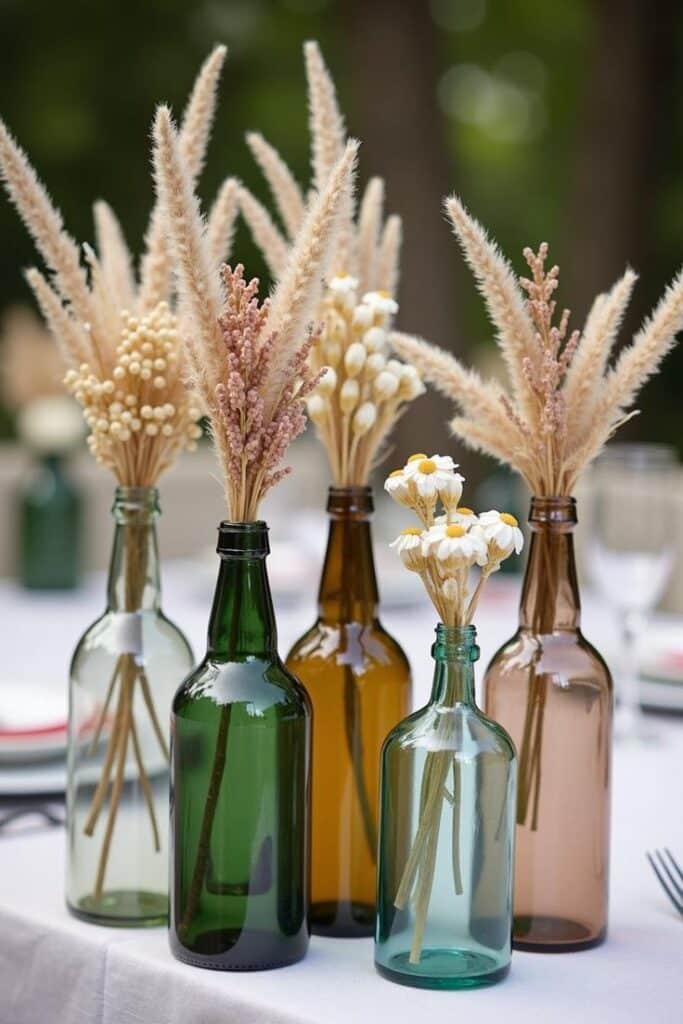
This category embodies the spirit of DIY decor. It involves giving new life to items that might otherwise be discarded.
- Glass Jars and Bottles: Transform them into vases, candle holders, storage containers, or even unique light fixtures with paint, twine, fabric, or etching.
- Old Furniture: A dated dresser can become a chic statement piece with a fresh coat of paint, new hardware, and decorative stenciling. Old chairs can be reupholstered or painted in vibrant hues.
- Textiles: Scraps of fabric, old sweaters, or worn jeans can be turned into throw pillow covers, rag rugs, wall hangings, or even abstract art.
- Cans and Containers: Cleaned food cans can become stylish pen holders, planters, or small storage bins with a creative touch.
- Books and Magazines: Old books can be stacked for elevation, used in decoupage, or even folded into sculptural art. Magazine pages can be rolled and glued to create textured surfaces.
Harnessing Natural Elements
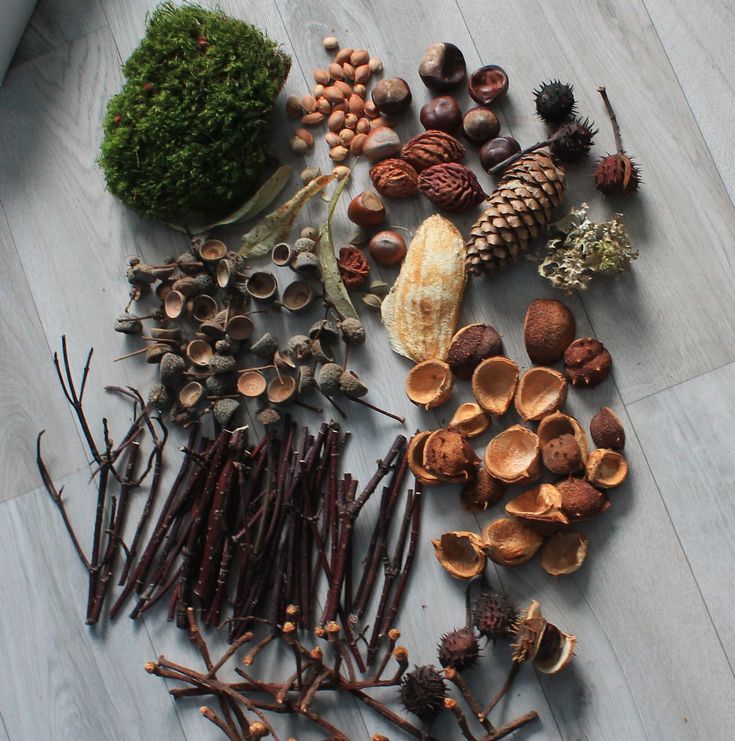
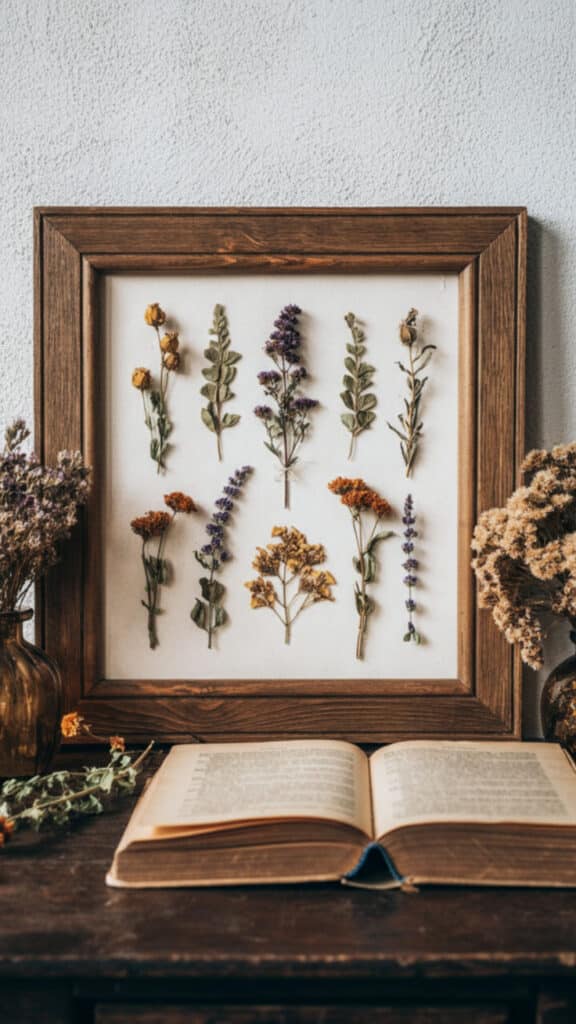
Bringing the outdoors in adds a calming, organic touch to any space. These materials are often free and inherently beautiful.
- Branches and Twigs: Use sturdy branches as curtain rods, unique coat racks, or decorative elements in large vases. Smaller twigs can be arranged in frames or used for textural accents.
- Stones and Pebbles: Create decorative accents for planters, fill clear vases, or use them in mosaic projects. Polished river stones can be painted or used as paperweights.
- Dried Flowers and Leaves: Preserve flowers for everlasting bouquets, create stunning wreaths, or press leaves for botanical art.
- Pinecones and Acorns: Seasonal decorations, bowl fillers, or elements in garlands.
- Seashells and Driftwood: Perfect for coastal or bohemian themes, these can be arranged in displays, glued onto frames, or used to create unique mobiles.
Craft Store Staples and Raw Materials
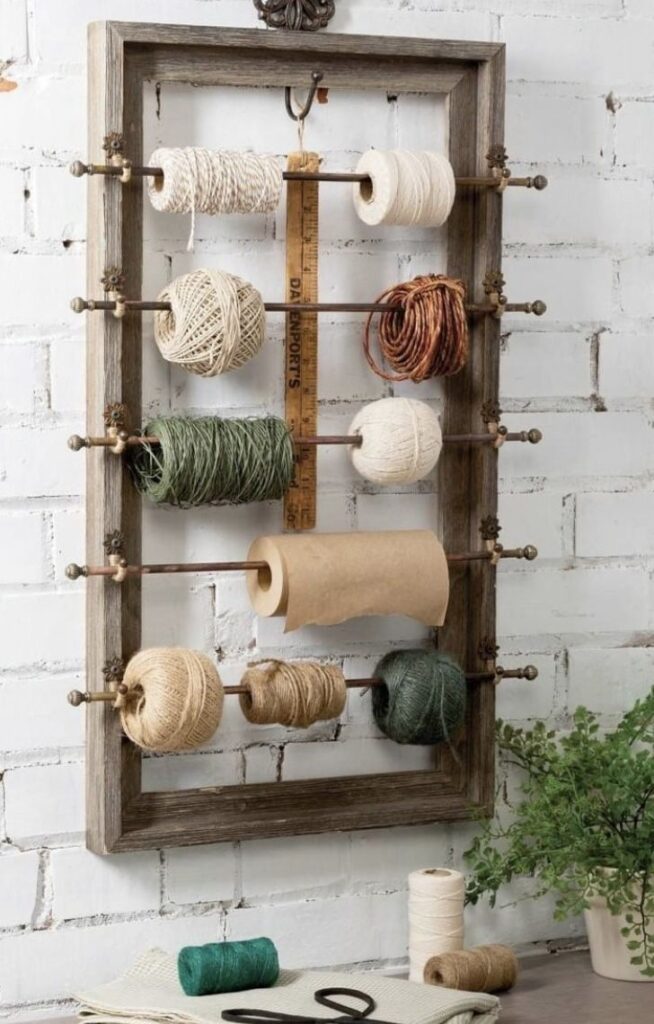
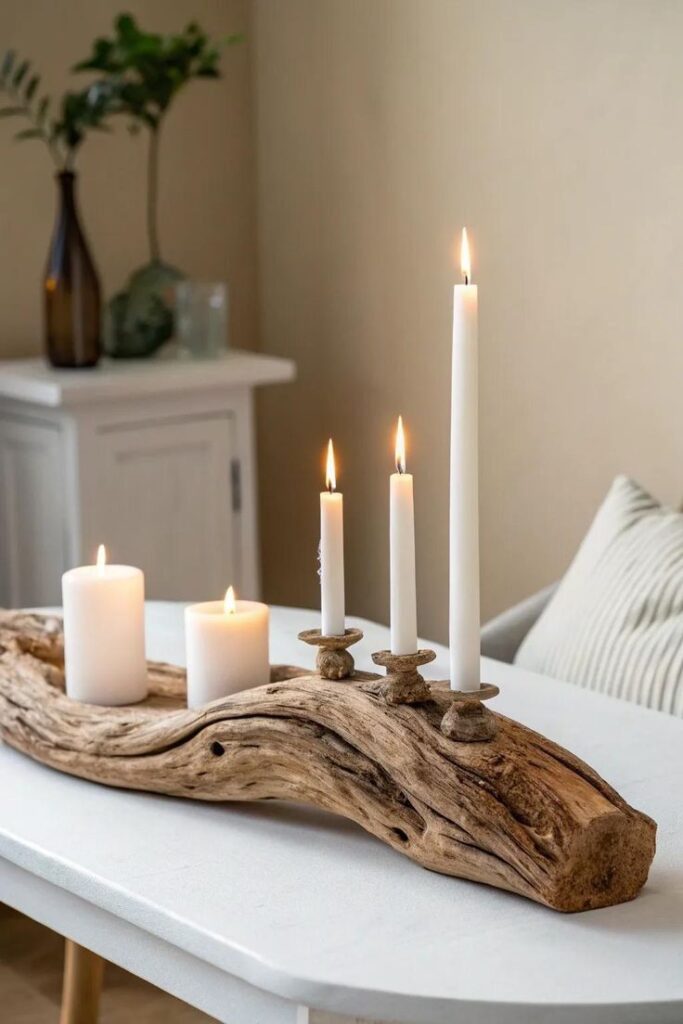
These provide the building blocks for more intricate projects.
- Yarn and Rope: Essential for macrame, knitting, crocheting, weaving, and adding textural details to almost anything. From intricate wall hangings to simple wrapped vases, the possibilities are endless.
- Wood: Plywood, craft wood, or even reclaimed timber can be used for shelves, picture frames, small furniture pieces, or decorative cutouts. Consider learning basic woodworking techniques for more ambitious projects.
- Paint and Finishes: Acrylics, spray paints, chalk paint, stains, and sealants can dramatically alter the appearance of any surface. Experiment with different finishes like distressed, metallic, or matte.
- Paper: Cardstock, specialty papers, wallpaper samples, and even newspaper can be used for origami, paper cutting, decoupage, or creating textured backgrounds.
- Adornments: Beads, sequins, buttons, ribbons, and tassels can add sparkle, texture, and visual interest to a wide range of homemade items.
Techniques and Crafts: A Toolkit for Creative Expression
Equipped with your vision and materials, the next step is to apply various techniques. There’s a vast array of crafts suitable for home decoration, each offering unique challenges and rewards.
Painting and Stenciling

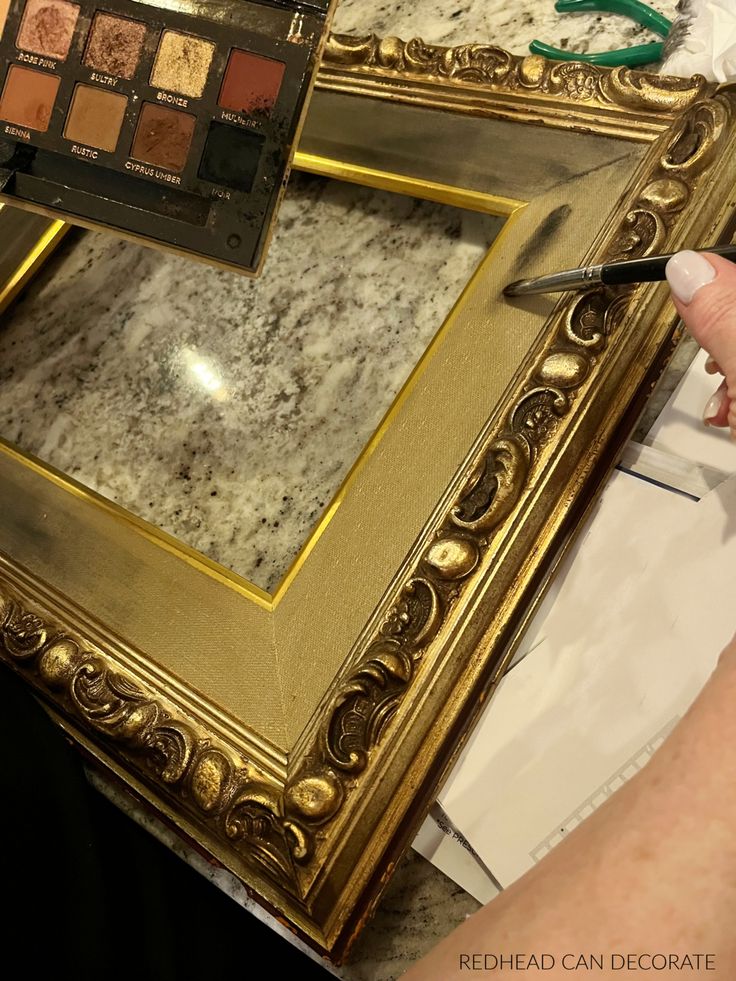
Painting is perhaps the most accessible and transformative DIY technique. A fresh coat of paint can revitalize old furniture, create stunning wall art, or add vibrancy to ordinary objects.
- Furniture Refinishing: Sanding, priming, painting, and sealing can turn a thrift store find into a bespoke piece. Experiment with two-tone finishes, distressing, or decorative glazes.
- Wall Art: Beyond traditional canvases, consider creating abstract art directly on a wall, or using stencils to add intricate patterns. Geometric designs or textured paint effects can make a bold statement. The way wall art prints influence mood and atmosphere is significant, so choose your colors and imagery carefully.
- Object Embellishment: Small items like vases, picture frames, or storage boxes can be personalized with hand-painted designs or stenciled motifs.
Decoupage
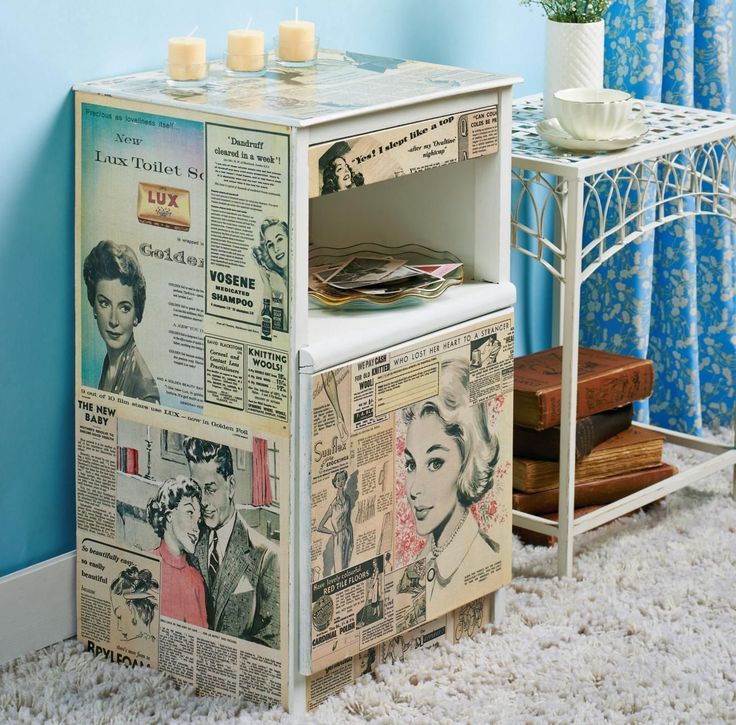

This involves gluing paper cutouts onto a surface and then sealing them with varnish. It’s a fantastic way to transform everyday items with intricate patterns or storytelling elements.
- Furniture Decoupage: Cover tabletops, drawer fronts, or entire furniture pieces with patterned paper, maps, or even comic book pages for a whimsical effect.
- Decorative Trays and Boxes: Turn plain trays or storage boxes into works of art using fabric scraps, magazine clippings, or printed images.
- Wall Art Panels: Create unique framed art by decoupaging various paper elements onto a board.
Macrame and Weaving

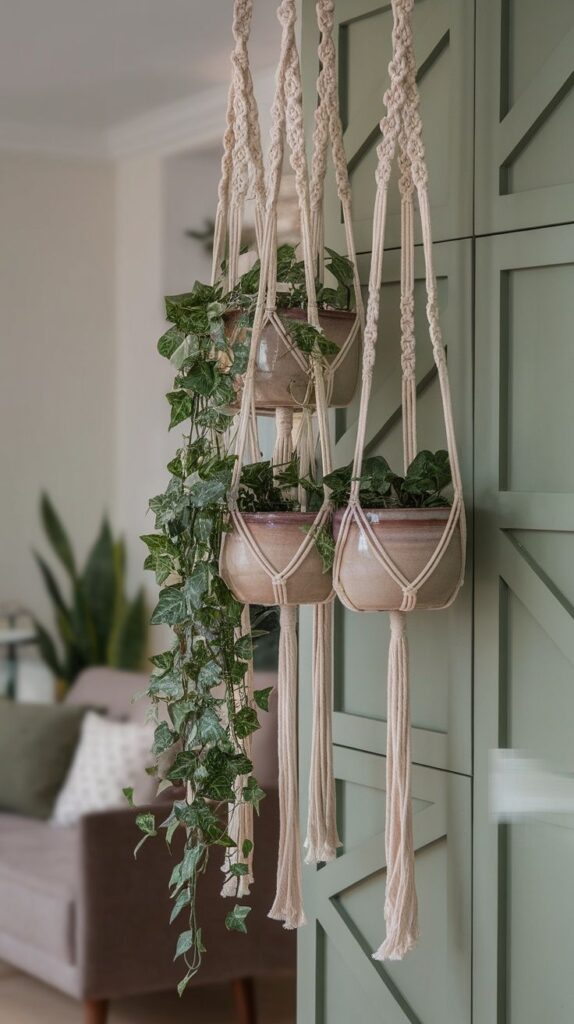
These fiber arts are experiencing a significant resurgence, offering a tactile and bohemian aesthetic.
- Macrame Wall Hangings: From simple knots to elaborate patterns, macrame can create stunning textural pieces for your walls.
- Plant Hangers: Macrame plant hangers are both functional and decorative, adding a natural touch to any room.
- Woven Coasters or Placemats: Simple weaving techniques can produce practical and beautiful textile items for your dining table.
Basic Woodworking and DIY Structures
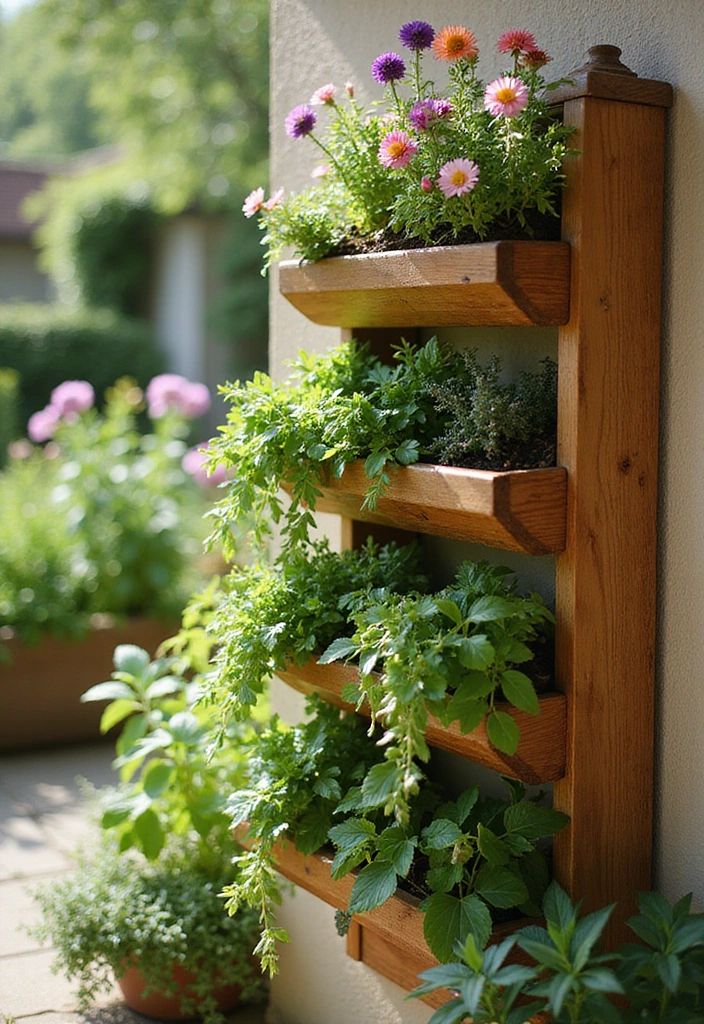
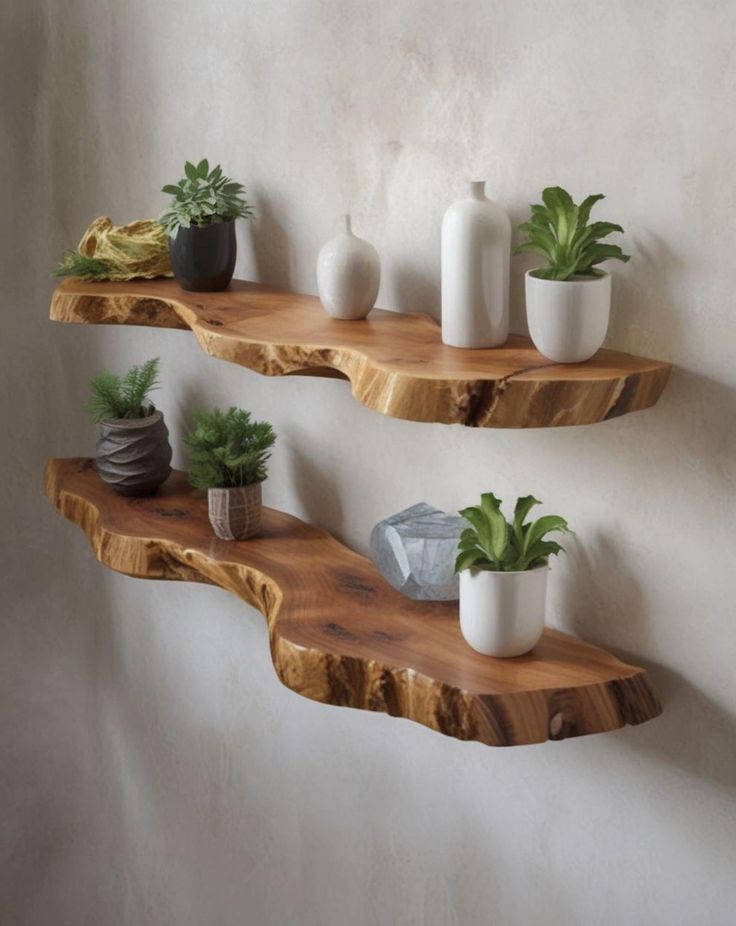
Even with minimal tools, you can create functional and decorative wooden elements.
- Floating Shelves: Cut and finish wooden planks to create stylish storage or display surfaces.
- Picture Frames: Craft custom frames for your artwork or photographs, allowing for unique sizes and finishes. Consider how preserving memories, achievements, art and collectables with framing to meet your preferred style requirements can enhance your home’s narrative.
- Small Planter Boxes: Construct simple wooden boxes for indoor plants or herbs.
Candle Making and Soap Crafting
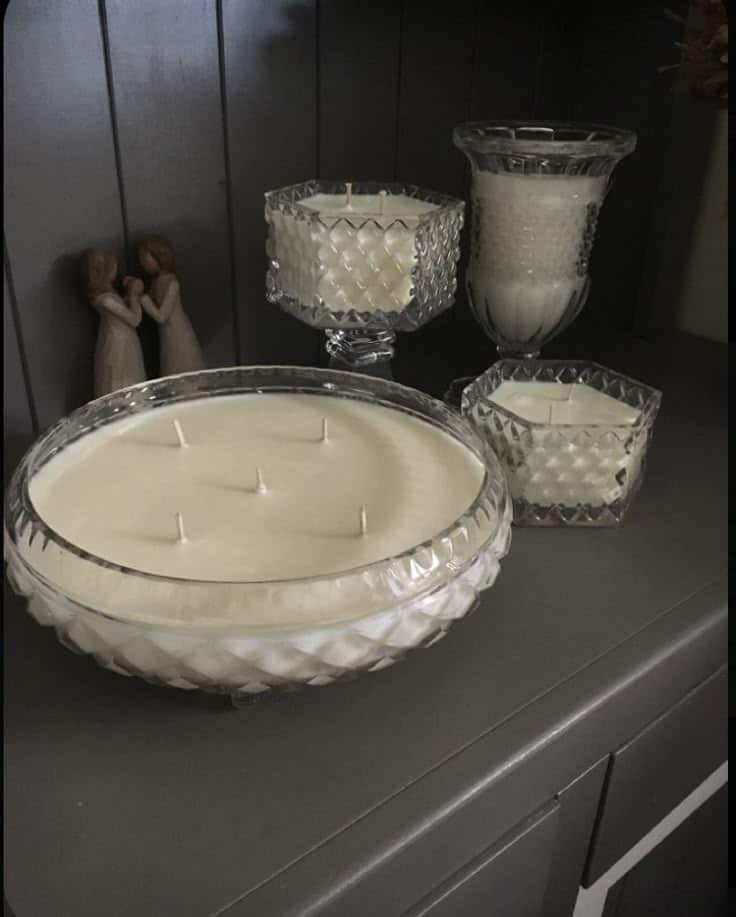
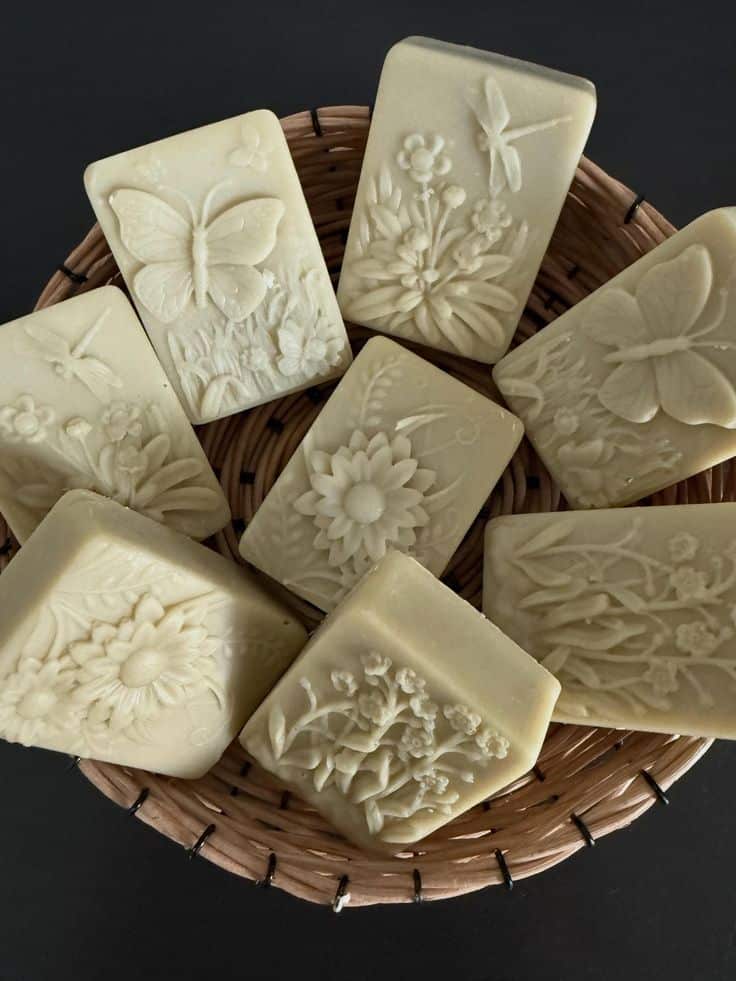
These crafts produce beautiful and aromatic items that enhance the ambiance of any room.
- Scented Candles: Experiment with different waxes, wicks, essential oils, and containers to create custom candles. Repurpose old teacups or glass jars for unique holders.
- Artisan Soaps: Crafting decorative soaps with natural ingredients and intricate molds can add a luxurious touch to bathrooms and powder rooms.
Room by Room: Tailoring Decorations to Specific Spaces
Different rooms in your home serve distinct purposes, and your homemade decorations should reflect and enhance these functions.
Living Room: The Heart of the Home
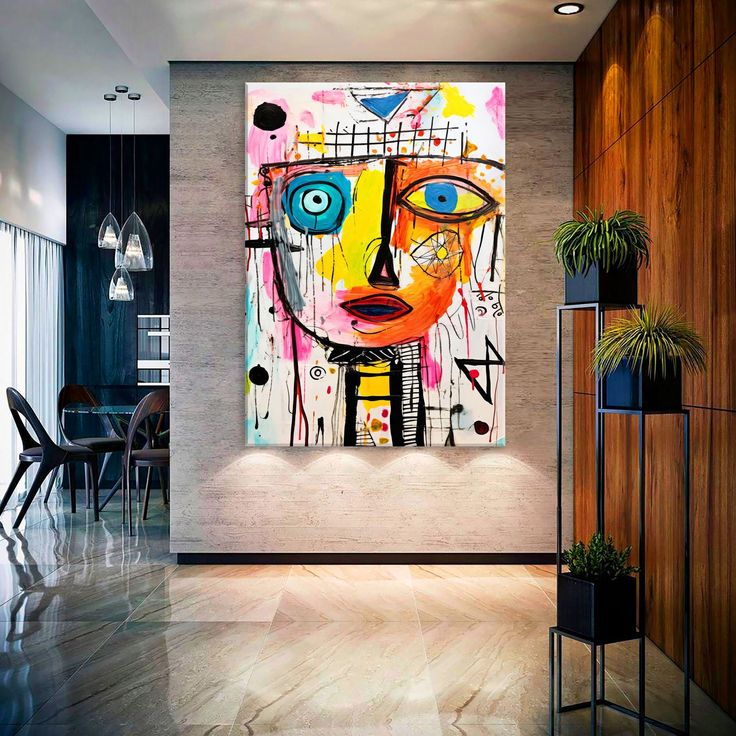
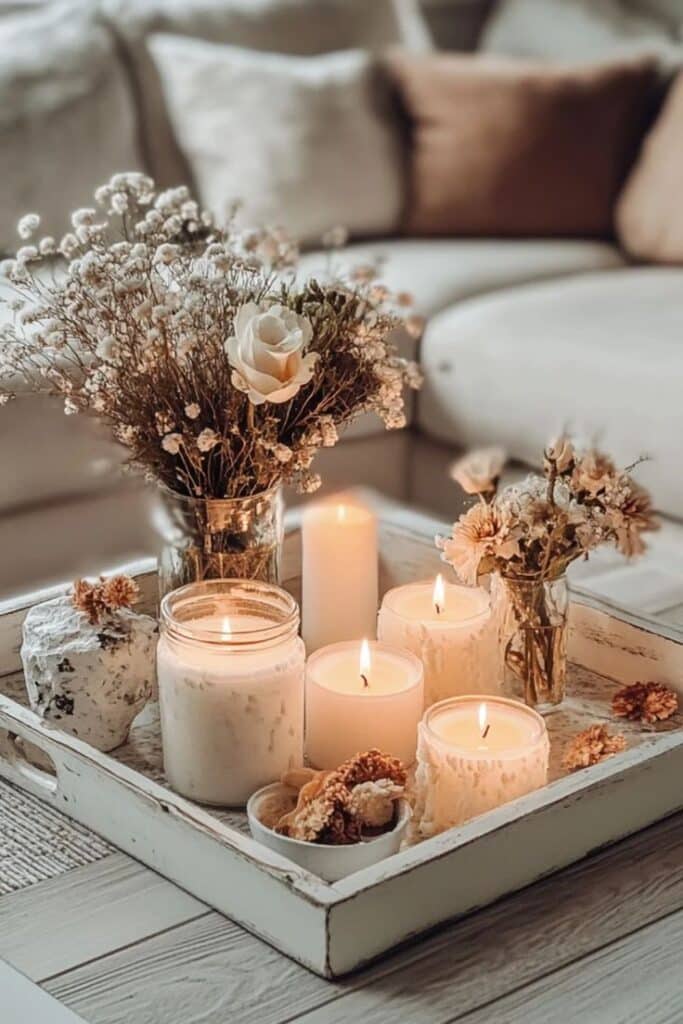
As a primary gathering space, living room decor should be inviting and reflect your personality.
- Statement Wall Art: A large, abstract painting, a woven tapestry, or a gallery wall of framed personal photos and prints can draw the eye.
- Decorative Pillows and Throws: Sew custom covers for throw pillows using interesting fabrics, or knit/crochet cozy blankets to add warmth and texture.
- Unique Coffee Table Decor: Create custom coasters, a decorative tray for remotes, or a sculptural centerpiece using natural elements or upcycled items.
- Lighting: Transform plain lampshades with fabric, paint, or trim. Create unique fairy light installations in jars or bottles.
Bedroom: Your Personal Sanctuary
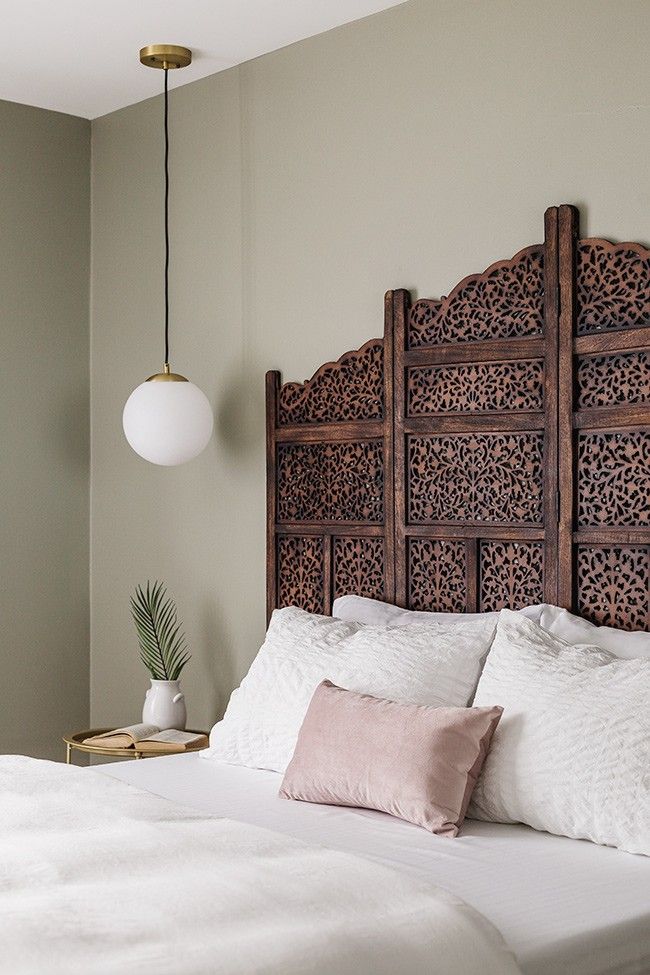

The bedroom calls for decor that promotes relaxation, comfort, and personal expression. Inspirational tips to make your bedroom the ultimate relaxation space can guide your creative choices here.
- Headboard: Construct a custom headboard from reclaimed wood, upholstered panels, or even an old door.
- Bedside Lamps: Personalize plain lamps with paint, fabric, or decorative bases.
- Dream Catchers or Wall Hangings: Macrame or woven pieces can add a soft, bohemian touch above the bed.
- Memory Displays: Create photo garlands, framed collages, or display cherished keepsakes in creative ways.
Kitchen and Dining Area: Functional Aesthetics


Kitchen decor needs to be both aesthetic and practical, often benefiting from durable and easy-to-clean materials.
- Storage Solutions: Paint and label jars for pantry staples, create custom spice racks from wood scraps, or sew fabric baskets for fruits.
- Table Linens: Sew your own placemats, table runners, or napkins with unique fabric choices.
- Wall Decor: Create chalkboards for menus or shopping lists, or display homemade ceramic pieces or painted plates.
- Herb Gardens: Small, potted herb gardens in decorated containers add freshness and functionality.
Bathroom: A Spa-Like Retreat
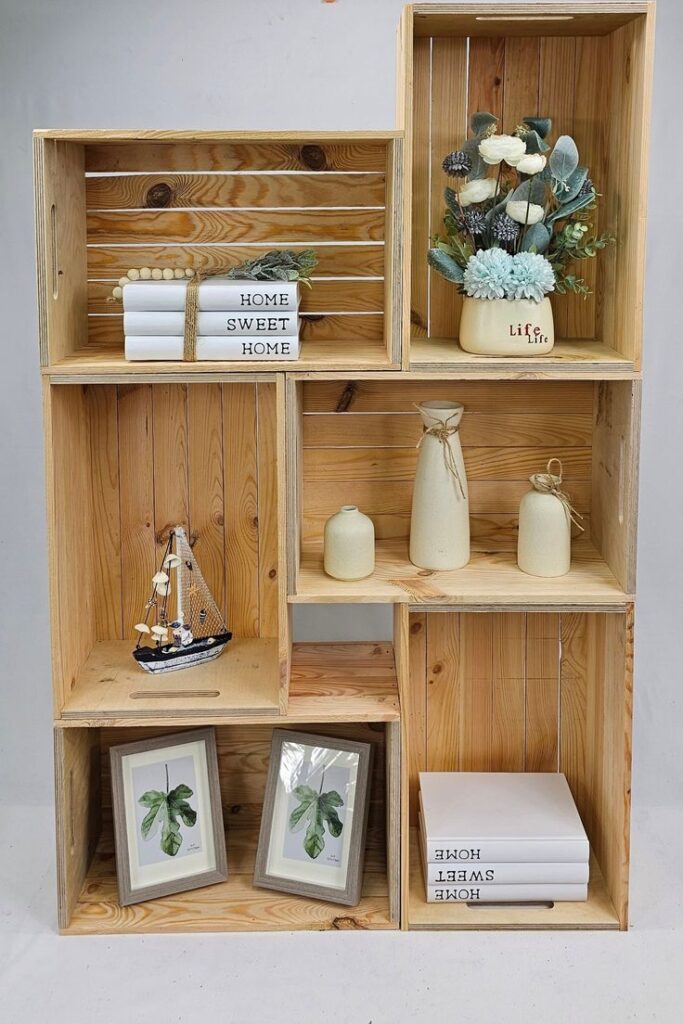
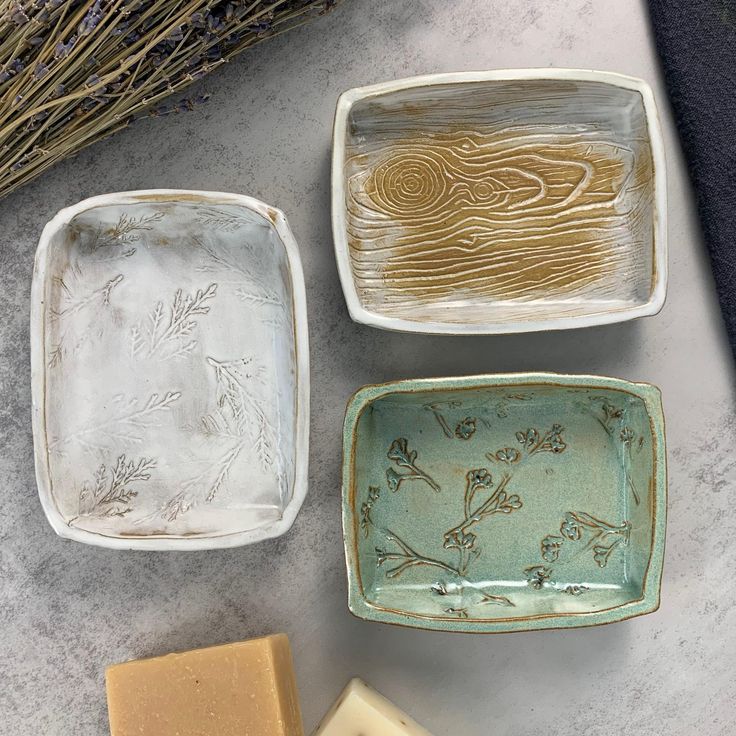
Even small bathrooms can be elevated with thoughtful homemade touches.
- Storage Solutions: Fabric bins, painted crates, or simple wooden shelves can organize toiletries.
- Mirrors: Embellish a plain mirror frame with mosaic tiles, painted designs, or natural elements like shells.
- Soap Dishes and Organizers: Craft unique dishes from polymer clay or repurpose decorative bowls.
- Aromatic Displays: Fill small decorative jars with potpourri or dried flowers.
Outdoor Spaces: Extending Your Living Area
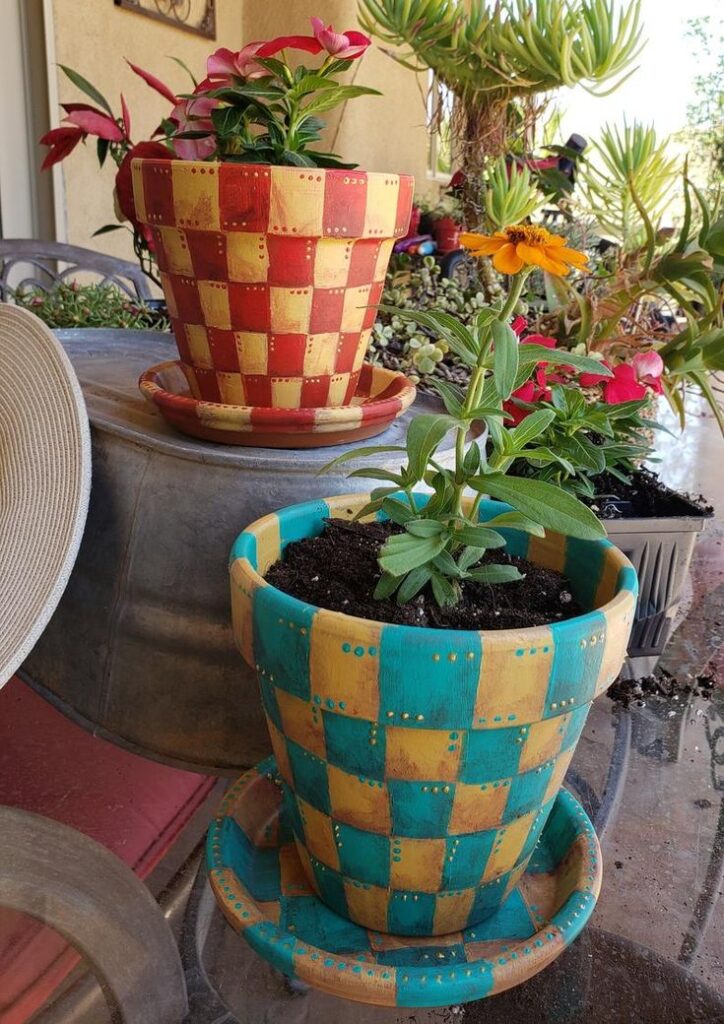
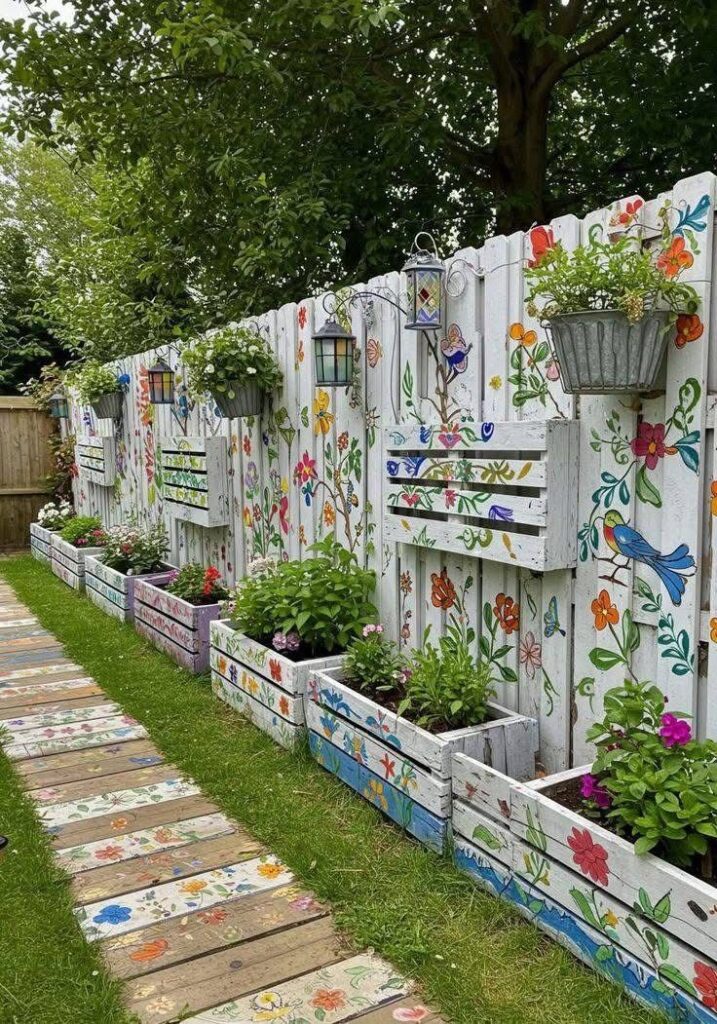
Don’t forget patios, balconies, and gardens. Homemade decor can transform these areas into inviting extensions of your home.
- Planters: Decorate terra cotta pots with paint, mosaic, or decoupage. Create vertical gardens from repurposed pallets.
- Outdoor Lighting: String lights, repurposed lanterns, or solar-powered jar lights can add ambiance.
- Garden Art: Craft wind chimes from found objects, paint decorative garden stakes, or create whimsical stepping stones. For more inspiration, explore ideas for creating an outdoor bar or enhancing other outdoor living areas.
Personalization and Storytelling: Making Your Space Uniquely Yours
The true power of homemade decorations lies in their ability to tell your story. Every piece you create can reflect a memory, a passion, or an aspiration.
Incorporating Memories and Sentiments

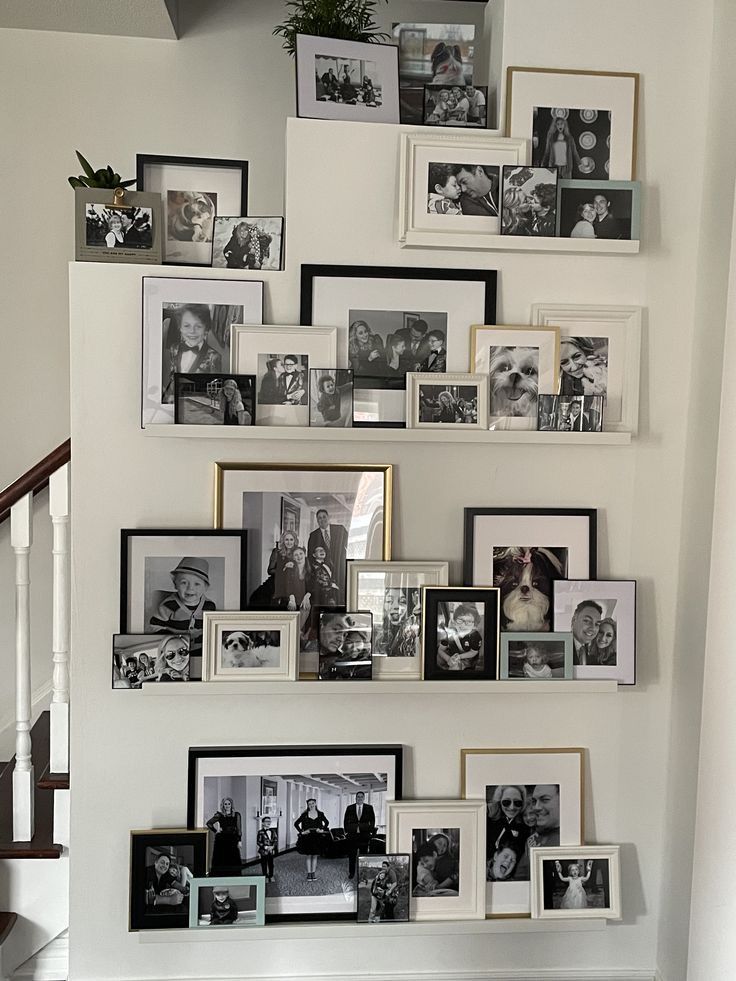
- Photo Displays: Beyond traditional frames, consider creating photo collages on canvases, stringing photos with small clips, or transferring images onto wood or fabric.
- Keepsake Boxes: Decorate boxes to store letters, mementos, or travel souvenirs, turning storage into an art piece.
- Heirloom Upcycling: Give new life to inherited items by integrating them into your decor. An old piece of lace from a grandmother’s dress could become part of a framed artwork.
Reflecting Hobbies and Passions
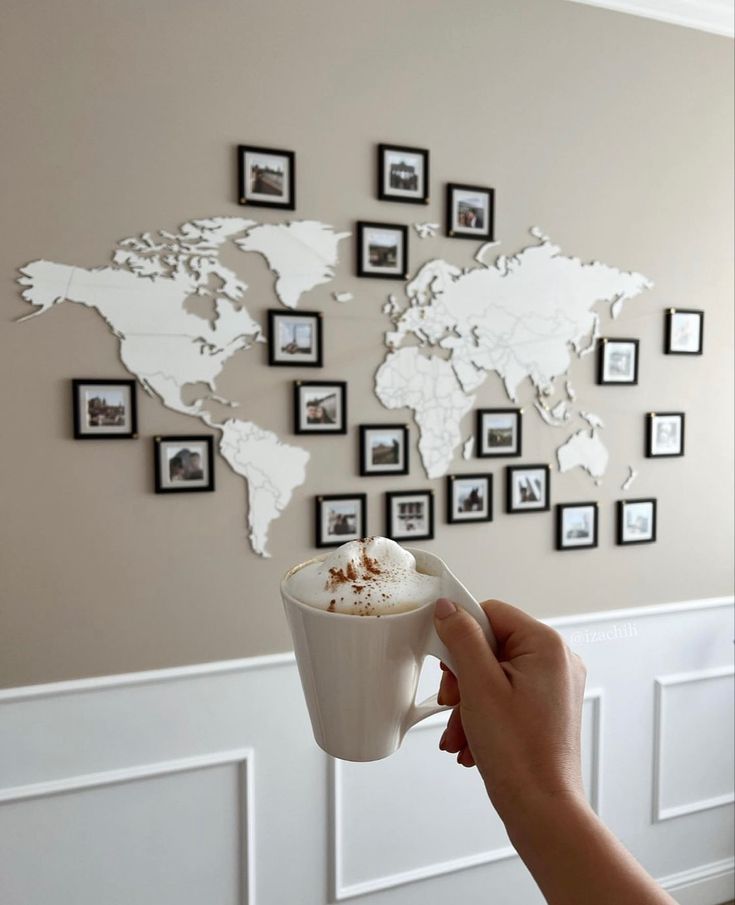
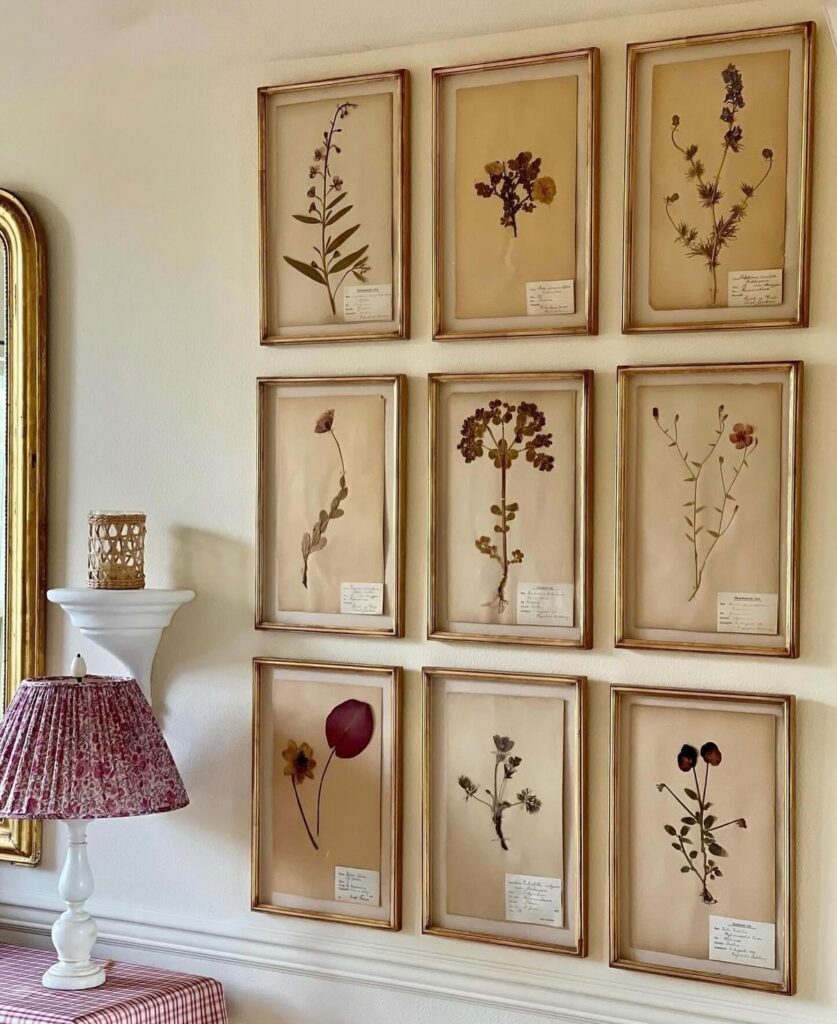
Let your interests shine through your decor.
- Travel-Inspired Pieces: Create maps with pins marking visited locations, display souvenirs creatively, or make art inspired by specific destinations.
- Nature Lover’s Haven: Incorporate botanical prints, pressed flowers, or displays of found natural objects.
- Artist’s Nook: Showcase your own artworks, whether paintings, sculptures, or pottery.
Elevating Your DIY Creations: Professional Finishing Touches
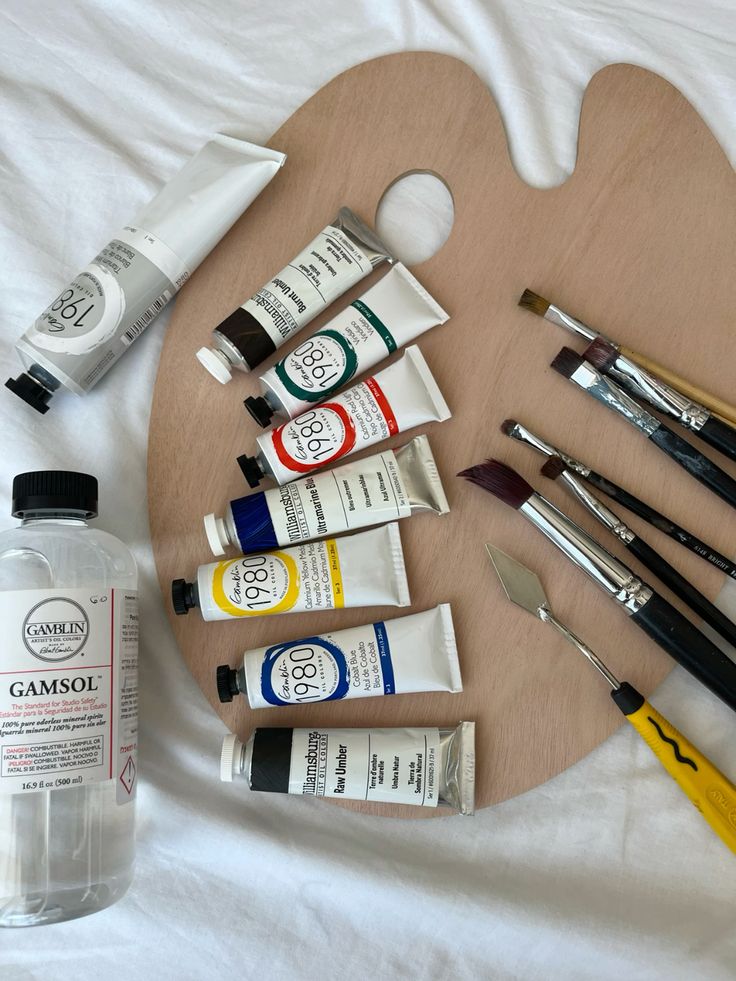

The difference between a homemade item and a professional-looking DIY piece often comes down to attention to detail and finishing techniques.
- Quality Materials: Investing in good quality paints, brushes, glues, and fabrics can make a significant difference in the final look and durability of your project.
- Proper Preparation: Sanding wood, cleaning surfaces, and applying primer are crucial steps for a smooth, lasting finish, especially when painting.
- Neatness and Precision: Take your time. Measure twice, cut once. Use painter’s tape for crisp lines. Ensure all edges are clean and all components are securely attached.
- Sealing and Protection: Apply appropriate sealants, varnishes, or topcoats to protect your creations from wear and tear, moisture, or UV damage. This also gives a more polished look.
- Framing and Display: Present your artwork, textiles, or photos beautifully. A well-chosen frame or a thoughtfully arranged display can elevate even the simplest creation.
- Lighting: Good lighting can highlight your homemade decor, making textures pop and colors vibrant. Consider how accent lighting can draw attention to your unique pieces.
Conclusion

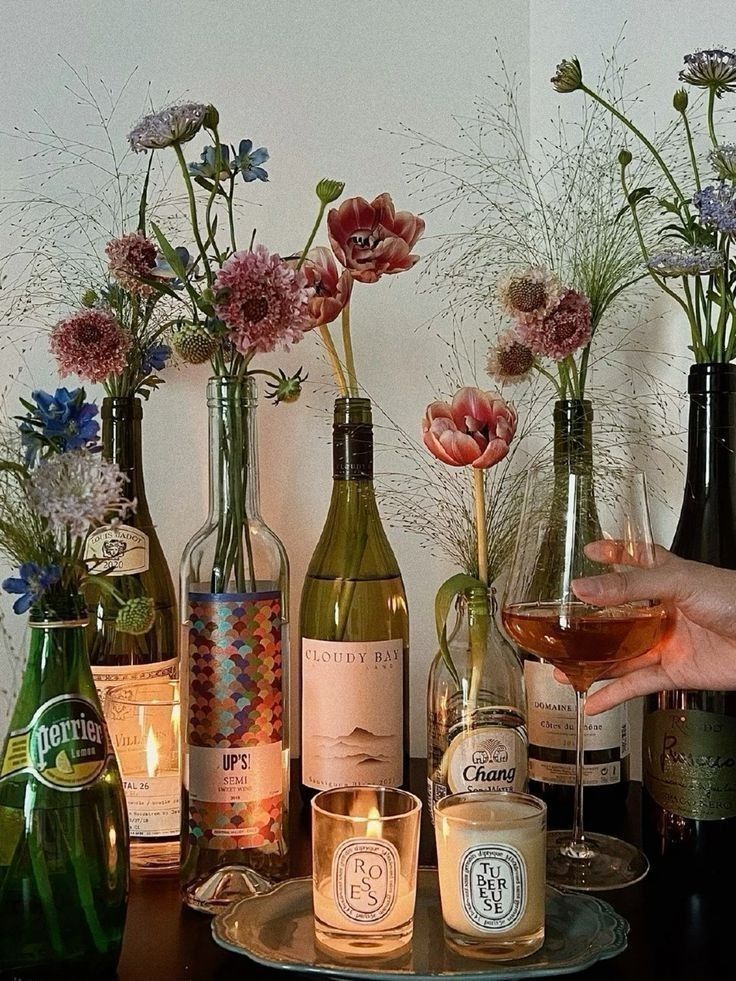
Embarking on the journey of creating homemade decoration ideas is a rewarding endeavor that transcends mere aesthetics. It is an invitation to infuse your living spaces with your unique personality, creativity, and values. From the initial spark of an idea to the satisfying placement of a finished piece, each step in the DIY process offers an opportunity for personal growth and artistic expression.
By embracing resourcefulness, understanding fundamental design principles, and meticulously executing your chosen crafts, you can transform ordinary items into extraordinary elements of your home. Remember that homemade decor is not about perfection, but about authenticity and the stories these pieces tell. It’s about crafting a home that feels genuinely, comfortably, and beautifully yours.
We encourage you to experiment, learn new skills, and most importantly, enjoy the creative process. Your home is your canvas – pick up your metaphorical brush and begin painting the masterpiece of your personalized living space today.
- 0shares
- Facebook0
- Pinterest0
- Twitter0

